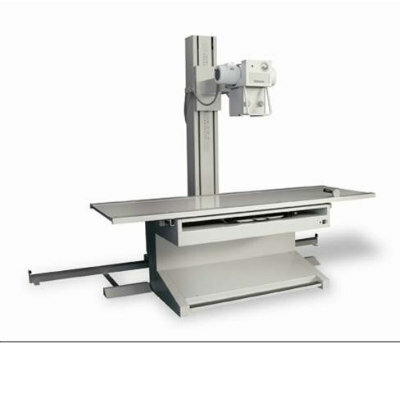MRI Study Ties Common Sleep Disorder to Memory Loss
By MedImaging staff writers
Posted on 15 Jul 2008
For the first time, researchers have discovered that individuals with sleep apnea show tissue loss in brain regions that help store memory. Posted on 15 Jul 2008
Reported in the June 27, 2008, issue of the journal Neuroscience Letters, the study's findings stress the importance of early detection of the disorder, which afflicts an estimated 20 million in the United States alone. Sleep apnea occurs when a blocked airway repeatedly stops the sleeper's breathing, resulting in loud bursts of snoring and chronic daytime fatigue. Memory loss and difficulty focusing are also common complaints. Earlier research had linked the disorder to a higher risk of stroke, heart disease, and diabetes.
"Our findings demonstrate that impaired breathing during sleep can lead to a serious brain injury that disrupts memory and thinking,” said principal investigator Ronald Harper, a professor of neurobiology at the David Geffen School of Medicine at the University of California, Los Angeles (UCLA; USA).
The study focused on structures called mammillary bodies, so called because they resemble small breasts, on the underside of the brain. The UCLA researchers scanned the brains of 43 sleep apnea patients, using magnetic resonance imaging (MRI) to collect high-resolution images of the entire brain, including slices of the mammillary bodies.
The structures' small size and proximity to bone and fluid make them difficult to measure by traditional MRI. Therefore, the researchers manually traced the mammillary bodies from the high-resolution scans and calculated their volumes from the hand-drawn outlines.
When they compared the results to images of 66 control subjects matched for age and gender, the scientists discovered that the sleep apnea patients' mammillary bodies were almost 20% smaller, particularly on the left side. "The findings are important because patients suffering memory loss from other syndromes, such as alcoholism or Alzheimer disease, also show shrunken mammillary bodies,” said lead author Dr. Rajesh Kumar, a UCLA assistant researcher in neurobiology. "Physicians treat memory loss in alcoholic patients with massive amounts of thiamine, or vitamin B1. We suspect that the dose helps dying cells to recover, enabling the brain to use them again.”
The scientists' next step is to determine how sleep apnea causes tissue loss in the mammillary bodies. Dr. Harper hypothesized that repeated drops in oxygen lead to the brain injury. During an apnea episode, the brain's blood vessels constrict, starving its tissue of oxygen and causing cellular death. The process also incites inflammation, which further damages the tissue.
"The reduced size of the mammillary bodies suggests that they've suffered a harmful event resulting in sizable cell loss,” Dr. Harper said. "The fact that patients' memory problems continue despite treatment for their sleep disorder implies a long-lasting brain injury.”
In a future study, Drs. Harper and Kumar will explore whether taking supplemental vitamin B1 helps restore sleep apnea patients' memory. The vitamin helps move glucose into the cells, preventing their death from oxygen starvation. "UCLA researchers used sophisticated imaging technology to identify brain lesions associated with impaired memory in individuals with obstructive sleep apnea,” said Dr. Elizabeth G. Nabel, director of the U.S. National Heart, Lung, and Blood Institute (Bethesda, MD, USA), which funded the study. "These results underscore the importance of early diagnosis and treatment of sleep-disordered breathing, which can have long-term effects on patients' health and well-being.”
Obstructive sleep apnea occurs when the muscles in the throat, soft palate, and tongue relax during sleep and sag, narrowing the airway. The tongue slides to the back of the mouth, blocking the windpipe and cutting off oxygen to the lungs. The sleeper wakes up, gasping for air, and falls back into a fitful sleep. The cycle can repeat itself hundreds of times per night.
Related Links:
University of California, Los Angeles













